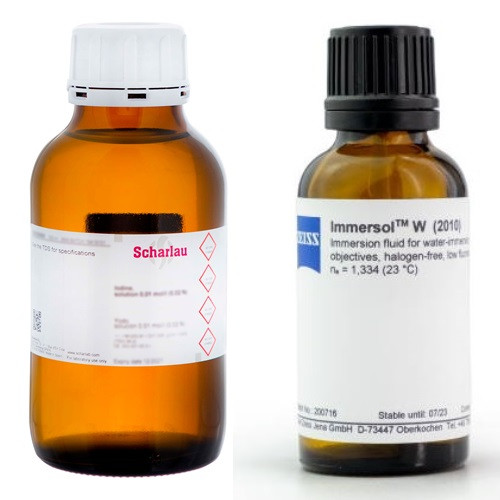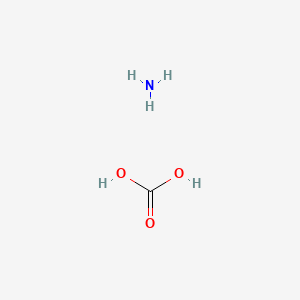-
{{ cart_product.name }}
{{ Number(cart_product.price*cart_product.quantity).toLocaleString() }} UAH ×
Immersion oil for microscopy
775 UAH – 20 252UAH
| Catalog number | Name | Brand | Application | Packaging | Price, UAH | Available | Quantity | ||
|---|---|---|---|---|---|---|---|---|---|
| {{option.sku}} | {{option.name}} | {{ option.brand}} | {{ option.application}} | {{ option.pack_unit}} | {{option.price.toLocaleString()}} | {{option.balance}} |
|
Immersion oil is employed to enhance the resolution of light microscopes. Its transparent composition and high refractive index enable significant improvements in image magnification, contrast, and brightness.
There are a number of different types of immersion oil, each of which is designed for a specific purpose.
Conventional light microscopy: This is the most prevalent form of microscopy. The light source is either natural sunlight or an electric lamp. Two types of immersion oil are available: Type A and Type B. Type A is more viscous than Type B. These are universal immersion oils that can be mixed with each other to obtain intermediate viscosities.
There are four main types of microscopy: horizontal, inverted, oblique and projection microscopes. NVH immersion oil, designed for use with these microscopes, has a viscosity of 21,000 centistokes. Furthermore, it is suitable for use with objects requiring long working distances and specimens utilising capacitors with wide gaps.
Fluorescence Microscopy: The immersion oil used for this type of microscopy offers enhanced performance and eliminates background fluorescence. This oil is transparent and does not absorb moisture. There are four types of non-fluorescent oil available:
Immersion Oil Type LDF - Highest resolution
Immersion Oil Type FF - Virtually zero fluorescence
Immersion Oil Type HF – Halogen Free
Immersion Oil Type 300 – Automated Hematology Systems




0 reviews for Immersion oil for microscopy